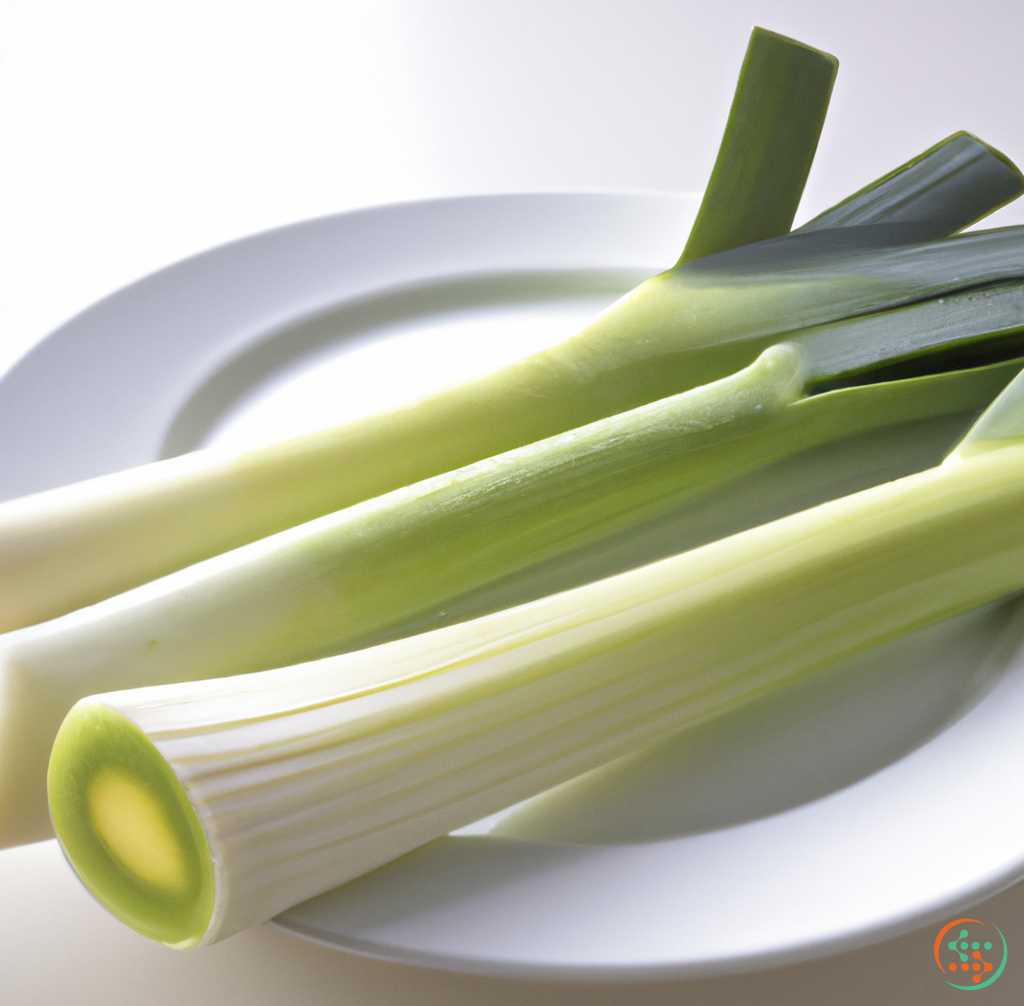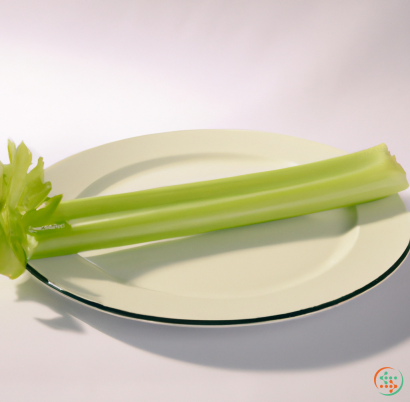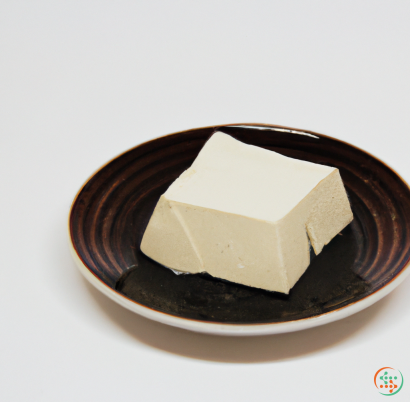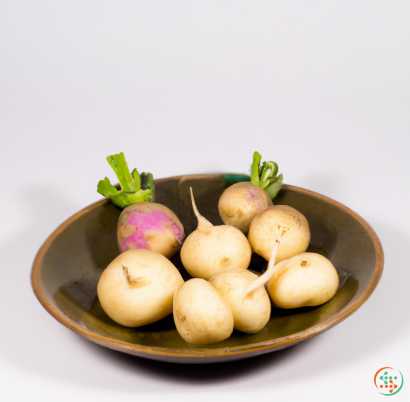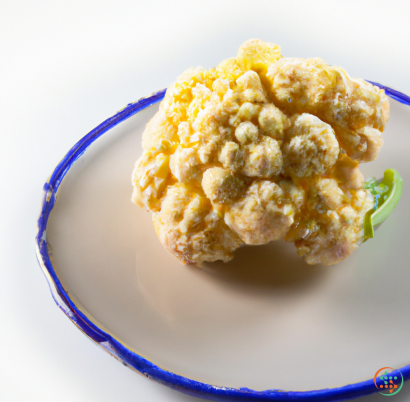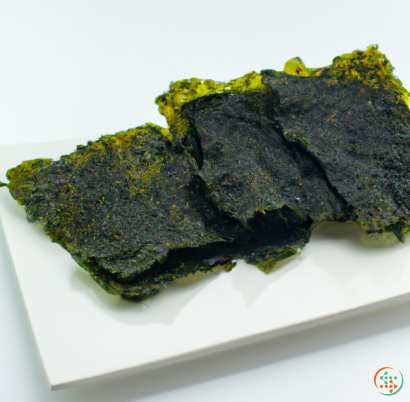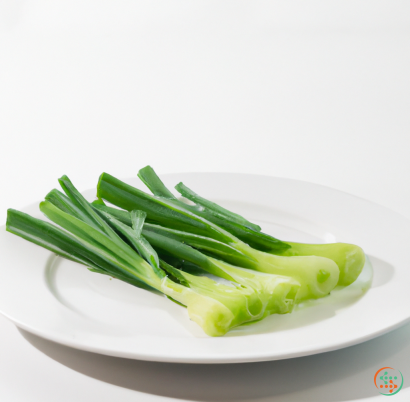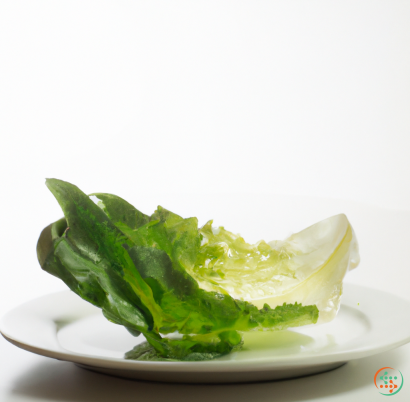Leeks
and how people use it
What is a Leek?
A leek (Allium porrum, also Allium ampeloprasum var. Porrum, family Liliaceae) is a vegetable belonging to the onion and garlic family, typically having a deep green, strappy, mild flavored stalk and white bulb. It is related to the garlic and onion and, like them, has a long history of culinary use throughout the Mediterranean, Middle East, and North Africa. Today, leeks are commonly found in the kitchen of most home cooks across the globe, and have been incorporated into traditional recipes for soups, stews, salads and side dishes.
Where Do Leeks Originate From?
The oldest records of leeks date back to ancient Egyptian times, where they were cultivated as a vegetable for at least 3,000 years. They were even a favorite of the pharaohs, said to be part of their immortality diet! From Egypt, they spread throughout the world, becoming especially popular in the Middle East and Europe, where they were incorporated into traditional dishes such as omelettes, soups and stews.
What Makes Leeks Such a Popular Vegetable?
Despite their age-old heritage, leeks are still popular today, owing to their versatility and flavor. Compared to other members of the onion and garlic family, leeks are mild in flavor, so they can be cooked in a myriad of ways without overpowering a dish. They also have a unique texture; some consider them "fleshy" and others find them crunchy. Like onions and garlic, there are also varieties of leeks that boast different flavors, from creamy and buttery to slightly sweet and earthy.
Their versatility means that leeks can be used in a variety of dishes from soups and stews to salads and side dishes. They can also be served raw or braised. Most often, leeks are used in French-style cooking, where their mild flavor and delicate texture act as a delicate background for rich sauces and hearty dishes.
How Can You Prepare Leeks?
When it comes to cooking with leeks, there are a few techniques you need to master. Cleaning leeks is a key step, as they often collect dirt and sand in their tough outer leaves. To make sure they are fully clean, simply cut off the tough green leaves and discard them. Then, cut the white end into pieces and rinse them off with cold water. If you want to get extra thorough, you can soak them in cool water for five minutes, then drain and dry them with a paper towel.
Once you have clean leeks, you can prepare them in a variety of ways. Lighter cooking techniques like sautéing or boiling are some of the most popular methods, but you can also roast them in the oven, steam them, add them to soups, or even eat them raw.
Cooked leeks are incredibly versatile and can be used as a base for dozens of dishes. They make a delicious side dish when caramelized and roasted in olive oil with a sprinkle of herbs, and they can be used as a flavor-packed topping for burgers and sandwiches. You can also purée leeks and use them as a creamy base for nutrition-packed soups.
The Bottom Line
Leek is a nutritious and versatile vegetable with a mild flavor and delicate texture. It has been part of the human diet for thousands of years, but is still a top choice for many home cooks today. From soups and stews to sides and salads, leeks bring flavor and nutrition to any dish. To prepare leeks correctly, begin by cutting off the tough green leaves, then rinse or soak them, and cook them however you wish. Once cooked, you can enjoy this veggie on its own as a side dish or use it as an ingredient for dozens of delicious recipes.
Ah, leeks. They sit atop your favorite dishes, imparting a bright flavor to the soup or stew, their mild onion and garlic flavor just a little bit sweeter. Bursting with vitamins and minerals, it’s no surprise that leeks have been beloved since at least the days of ancient Rome. But why do they taste so good? Where do they come from? And how do they end up on our dinner tables? Read on to find out.
Leek Basics
Leeks (Allium porrum) are part of the Allium family, which also includes onions, garlic, and shallots. Some leeks can look like scallions and others like small onions, but most are about 8-10 inches (20 cm) long with a firm, white bulb-like base and curved leaves that range in color from light green to dark green, with a hint of pale blue at the base.
How Leeks Are Grown
Leek farmers harvest the crop twice a year, usually in late spring and fall. The first step in growing a leek is to plant it in the ground. Working with a small shovel, the farmer tills the soil and makes a deep planting trench about six inches (15 cm) deep. After the trench is made, the farmer places the seedling or “muck” into the trench and covers it with soil.
Once planted, the leek will take several weeks to mature. During this time, the farmer will tend to the leeks, which includes weeding, pouring water and adding fertilizer. After the leek has grown to the proper size—about 2-3 inches (5-7 cm)—the farmer can begin harvesting it.
Harvesting Leeks
To harvest a leek, the farmer first needs to loosen the soil around the vegetable. This is generally done with a hoe or similar tool. The farmer then grabs the stem of the leek and gently pulls it from the soil. It’s important to be gentle, as leeks can easily be damaged during harvest. Once the leek is pulled, the farmer trims away any excess roots or dirt and brushes off the remaining soil.
Sorting and Packaging
Once harvested, the leeks need to be sorted and packaged for transport. On the farm, this is done in two stages. First, the leeks are sorted by size and quality. Any leeks that are too damaged to be sold are set aside and used in onsite composting or animal feed. The remaining leeks are then closely inspected and sorted into categories based on weight and size. The leeks are then recorded in a log before being packaged into open-air cardboard boxes or sacks with breathable liners.
At this stage, the leek is ready to be transported from the farm to its final destination—either to other locations for further packaging (e.g. washing and prep for retail) or straight to grocery stores, restaurants and other buyers.
From Farm to Factory
Once the leeks have been packaged on the farm, they’re ready to be transported to their final destination. Depending on the country and region the leeks are harvested in, the specific methods used to transport leeks may vary. In some cases, leeks are transported by truck, while in others they may be sent via air or rail.
Once the leeks have arrived at their final destination (which might be a grocery store, a cannery, a fresh produce distributor, or a processing plant/packing shed), they need to be prepared for sale. At this stage, the leeks are washed, trimmed and sorted according to size and quality. The leeks are then graded to make sure each is of the same quality and size, and the leeks that don’t meet the standard are discarded.
Packaging Options
Once the leeks have been processed and graded, they’re ready to be packaged and sold. This is usually done in two ways. For leeks that are to be sold fresh, they’re usually packaged in plastic bags or small paper boxes. For leeks that are being canned or frozen, they’re usually placed in jars or plastic bags.
Leeks on Your Plate
Once the leeks have been purchased, either fresh or canned/frozen, they’re ready to be prepared and served. Depending on the desired dish, the leeks can be cooked via baking, sautéing, boiling, roasting or steaming. When leeks are served in soups or stews, they remain in the broth after cooking to retain the flavor, while with salads and side dishes, they’re usually cut into thin strips and enjoyed with some additional seasoning.
Conclusion
Leeks have been around in one form or another for many centuries, and they remain a beloved staple of Mediterranean, French, and Asian cuisine. The process from farm to plate involves careful weeding, harvesting, sorting, washing, grading and packaging—all of which must be done with care to ensure the vegetable is of top quality when it arrives in stores and restaurants. Now you know how the leek gets from the farmer to your dinner plate! Enjoy.
| Vitamin A | 0.083 mg | |
| Beta-Carotene | 0.001 grams | |
| Vitamin E | 0.92 mg | |
| Vitamin K | 0.047 mg | |
| Vitamin C | 0.012 grams | |
| Vitamin B1 | 0.06 mg | |
| Vitamin B2 | 0.03 mg | |
| Vitamin B3 | 0.4 mg | |
| Vitamin B4 | 0.0095 grams | |
| Vitamin B5 | 0.14 mg | |
| Vitamin B6 | 0.23 mg | |
| Vitamin B9 | 0.064 mg |
| Calcium | 0.059 grams |
Daily Value 1.3 g
|
| Iron | 0.0021 grams |
Daily Value 0.018 g
|
| Magnesium | 0.028 grams |
Daily Value 0.4 g
|
| Phosphorus | 0.035 grams |
Daily Value 1.25 g
|
| Potassium | 0.18 grams |
Daily Value 4.7 g
|
| Sodium | 0.02 grams |
Daily Value 2.3 g
|
| Zinc | 0.12 mg |
Daily Value 0.011 g
|
| Copper | 0.12 mg |
Daily Value 0.9 mg
|
| Manganese | 0.48 mg |
Daily Value 0.0023 g
|
| Selenium | 0.001 mg |
Daily Value 0.055 mg
|
| Tryptophan | 0.012 grams | |
| Threonine | 0.063 grams | |
| Isoleucine | 0.052 grams | |
| Leucine | 0.096 grams | |
| Lysine | 0.078 grams | |
| Methionine | 0.018 grams | |
| Cystine | 0.025 grams | |
| Phenylalanine | 0.055 grams | |
| Tyrosine | 0.041 grams | |
| Valine | 0.056 grams | |
| Arginine | 0.078 grams | |
| Histidine | 0.025 grams | |
| Alanine | 0.074 grams | |
| Aspartic Acid | 0.14 grams | |
| Glutamic Acid | 0.226 grams | |
| Glycine | 0.069 grams | |
| Proline | 0.066 grams | |
| Serine | 0.092 grams |
| Total Sugars | 0.131141 grams |
per 100g
|
| Palmitic acid (16:0) | 0.04 grams |
|
| Total Saturated fatty acids: | 0.04 g | |
| Linolenic acid (18:3) | 0.1 grams |
|
| Linoleic acid (18:2) | 0.07 grams |
|
| Total Polyunsaturated fatty acids: | 0.17 g | |
